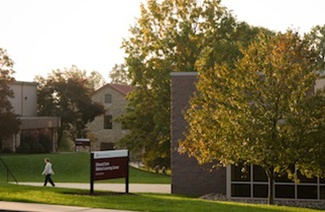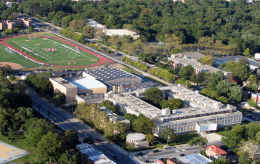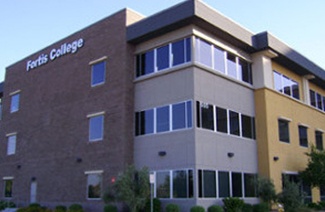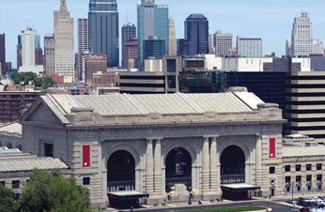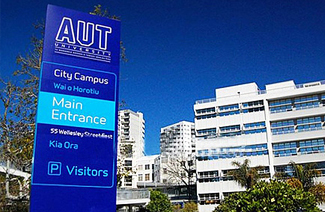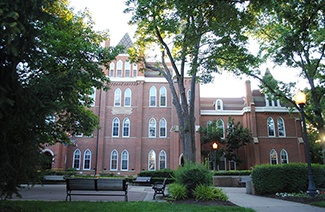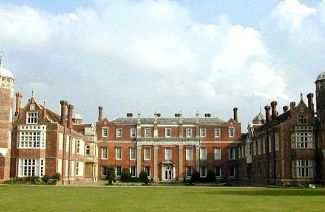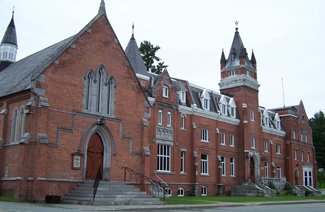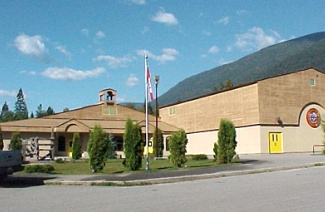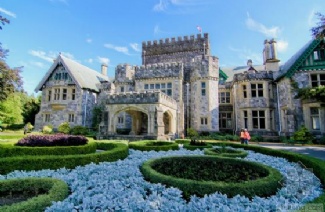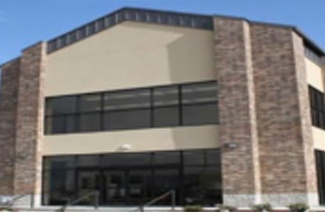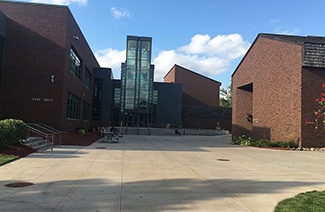GMAT阅读部分最好的备考方法就是在备考的过程中多加练习,然后在练习结束后对自己的做题情况进行分析和总结,在下一次练习中要避免犯同样的错误,本文小编为大家带来了
Many economists believe that a high rate of business savings in the United States is a necessary precursor to investment, because business savings, as opposed to personal savings, comprise almost three-quarters of the national savings rate, and the national savings rate heavily influences the overall rate of business investment. These economists further postulate that real interest rates—the difference between the rates charged by lenders and the inflation rates—will be low when national savings exceed business investment (creating a savings surplus), and high when national savings fall below the level of business investment (creating a savings deficit ). However, during the 1960’s real interest rates were often higher when the national savings surplus was large. Counter-intuitive behavior also occurred when real interest rates skyrocketed from 2 percent in 1980 to 7 percent in 1982, even though national savings and investments were roughly equal throughout the period. Clearly, real interest rates respond to influences other than the savings/investment nexus. Indeed, real interest rates may themselves influence swings in the savings and investment rates. As real interest rates shot up after 1979, foreign investors poured capital into the United States, the price of domestic goods increased prohibitively abroad, and the price of foreign-made goods became lower in the United States. As a result, domestic economic activity and the ability of businesses to save and invest were restrained.
Q35:
The passage is primarily concerned with
A. contrasting trends in two historical periods
B. presenting evidence that calls into question certain beliefs
C. explaining the reasons for a common phenomenon
D. criticizing evidence offered in support of a well-respected belief
E. comparing conflicting interpretations of a theory
Q36:
According to the passage, which of the following resulted from foreign investment in the United States after 1979?
An increase in real interest rates
A decrease in the savings rate of certain other nations
An increase in American investment abroad
An increase in the price of American goods abroad
A decrease in the price of domestic goods sold at home
Q37:
The author of the passage would be most likely to agree with which of the following statements regarding the economists mentioned in line 1?
A. Their beliefs are contradicted by certain economic phenomena that occurred in the United States during the 1960’s and the 1980’s.
B. Their theory fails to predict under what circumstances the prices of foreign and domestic goods are likely to increase.
C. They incorrectly identify the factors other than savings and investment rates that affect real interest rates.
D. Their belief is valid only for the United States economy and not necessarily for other national economies.
E. They overestimate the impact of the real interest rate on the national savings and investment rates.

